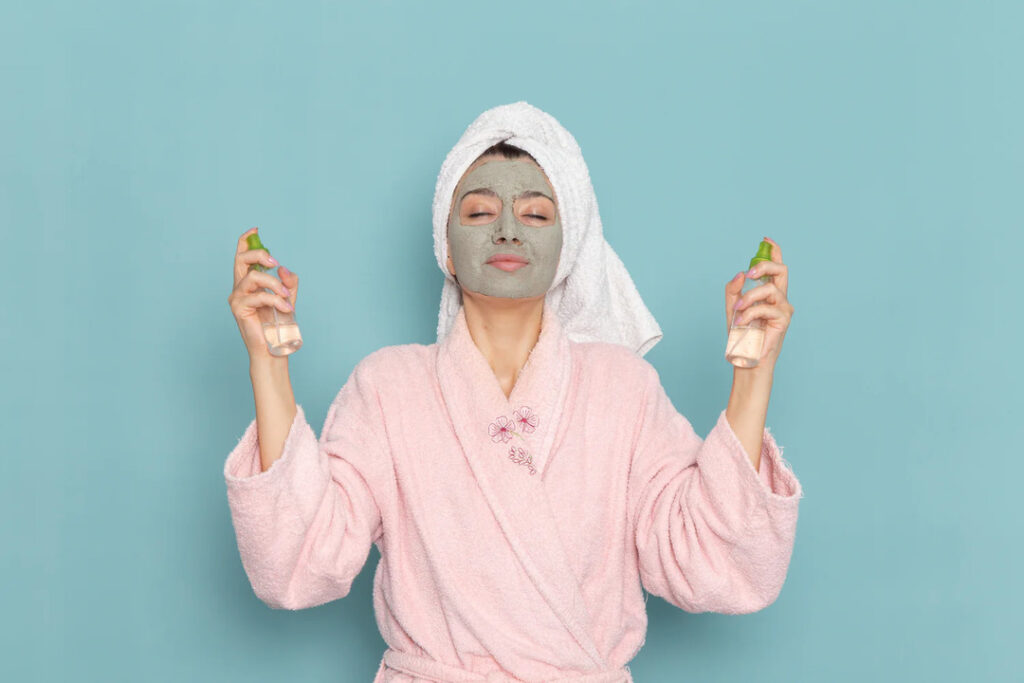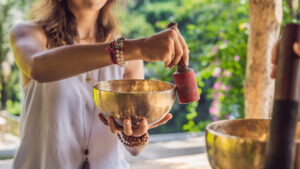In the beauty and skincare world, there are two titans who lead the charge — Japan and South Korea. Whether you are a beauty beginner or a pro, you’ve probably heard of the Japanese skincare regimen and the multi-step Korean skincare routine. Both are famous for giving glowing, healthy-looking skin, but each is based on a distinct philosophy grounded in cultural heritage, ingredient choice, and skin concerns. If you’re conflicted between the two, this detailed guide will assist you in grasping the major differences between Japanese skincare vs Korean skincare and how to select what works for your skin.

The Philosophy Behind Japanese and Korean Skincare
Japanese Skincare Routine: Minimalist and Preventive
Japanese skincare is based on the principle of less is more. The focus is not just to cure skin problems but to prevent them. Japanese women have been following a minimalist beauty approach for ages, emphasizing cleansing, moisturizing, and sun protection. This practice usually comes from the idea that consistency, gentle treatment, and time-tested ingredients result in long-term skin health.
Korean Skincare Routine: Layered and Innovative
It’s not surprising that this regimen consists of 7, 10, or 12 steps — all with the intention of reaching “glass skin” (crystal-clear, radiant, and dewy). The Korean philosophy is all about treating the skin to layers of hydration and nourishment. Each product has a specific role to play, ranging from added moisture to enhanced elasticity.
What makes Korean skincare so appealing is its fast-paced innovation. From snail mucin to bee venom, and fermented yeast to peptides, Korean skin care routine are constantly pushing the envelope. The emphasis is on visible, immediate results, often packaged in trendy, aesthetically pleasing containers.
Japanese Skincare vs Korean Skincare Routine: Key Comparisons
While both skincare routines are effective and holistic, several key differences set them apart:
1. Routine Structure and Steps
Japanese skincare routine: Generally 4-5 steps — oil cleanser, foaming cleanser, lotion (hydrating toner), emulsion or serum, and sunscreen. Night time routines can include moisturizers or treatment masks too.
Korean skincare routine: Can have as many as 10 steps or more — beginning with oil cleanser, followed by water-based cleanser, exfoliator (2-3 times per week), toner, essence, ampoule or serum, sheet mask, eye cream, moisturizer, and morning SPF.
2. Skincare Focus
Japanese skincare: Centers on prevention, cleansing, and safeguarding the skin barrier. It is about shielding from environmental stressors and sun damage.
Korean skincare: Centers on hydration, recovery, and having a radiant finish. It tends to address individual skin issues like acne, dullness, or fine lines.
3. Ingredient Profile
Japanese skin products: Typically contain heritage ingredients such as rice water, camellia oil, seaweed, and sake.
Korean products: Are recognized by unusual ingredients such as snail mucin, propolis, ginseng, and niacinamide. Formulations feature cutting-edge dermatological technology.
4. Texture and Feel
Japanese products tend to be light, watery, or gel-like texture that penetrates fast and have no fragrance or a very weak scent.
Korean products vary more extensively in texture — ranging from watery essences to thick creams — and tend to have more prominent fragrances and more colorful packaging.
Best Japanese Beauty Products to Incorporate into Your Regimen
Hada Labo Gokujyun Hyaluronic Acid Lotion – Famous for its deep hydration and no-frills, easy formula. Suitable for all skin types.
SK-II Facial Treatment Essence – Sometimes called the holy grail of Japanese skincare, the product employs Pitera, a fermented element that enhances texture and luminosity.
DHC Deep Cleansing Oil – A mild oil cleanser with olive oil, perfect for taking off makeup and impurities without drying the skin.
Shiseido Ultimune Power Infusing Serum – Among the top Japanese cosmetics against aging and enhancing skin immunity.
Biore UV Aqua Rich Watery Essence – A cult favorite watery lightweight sunscreen ideal for tropical hot and humid weather.
These Japanese beauty cosmetics are more available worldwide on international e-commerce websites. In fact, if you live in India, now many Japanese skin care items are available in India from online stores selling global brands.
Why “Japan Skins” Are loved Worldwide
The phrase “Japan skins” is commonly used within the beauty industry to refer to the smooth, porcelain complexions that so many Japanese women possess. This isn’t just genetics — it’s the product of regular care, sun protection, and antioxidant-rich diets. The Japanese skin care regimen facilitates this through products that prioritize skin health over quick fixes.
Opt for Japanese Skincare If:
You like a minimal, low-maintenance routine.
Appreciate long-term outcomes and prevention over quick fixes.
Have delicate skin and enjoy minimal, natural ingredients.
Are seeking tried products with a long history of use.
Select Korean Skincare If You:
Enjoy testing products and multi-step routines.
Desire instant results and tangible hydration.
Enjoy the ritual of skincare as a self-care experience.
You can also formulate a hybrid routine — apply Japanese skin products on core steps such as cleansing and sun protection, and Korean skincare for specific treatments and hydration boosters.
A Blend of Both Worlds
There is no law that requires you to follow only a single routine. Many skincare fanatics combine the two to meet their individual requirements. This way, you get to reap the benefits of both skincare cultures.
Final Thoughts
The most important thing is selecting high-quality products and being consistent with your routine. Whether you keep it simple with best Japanese beauty products or go deep with layering using Korean skincare, radiant skin is within your reach.






